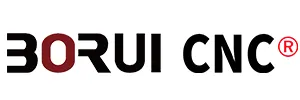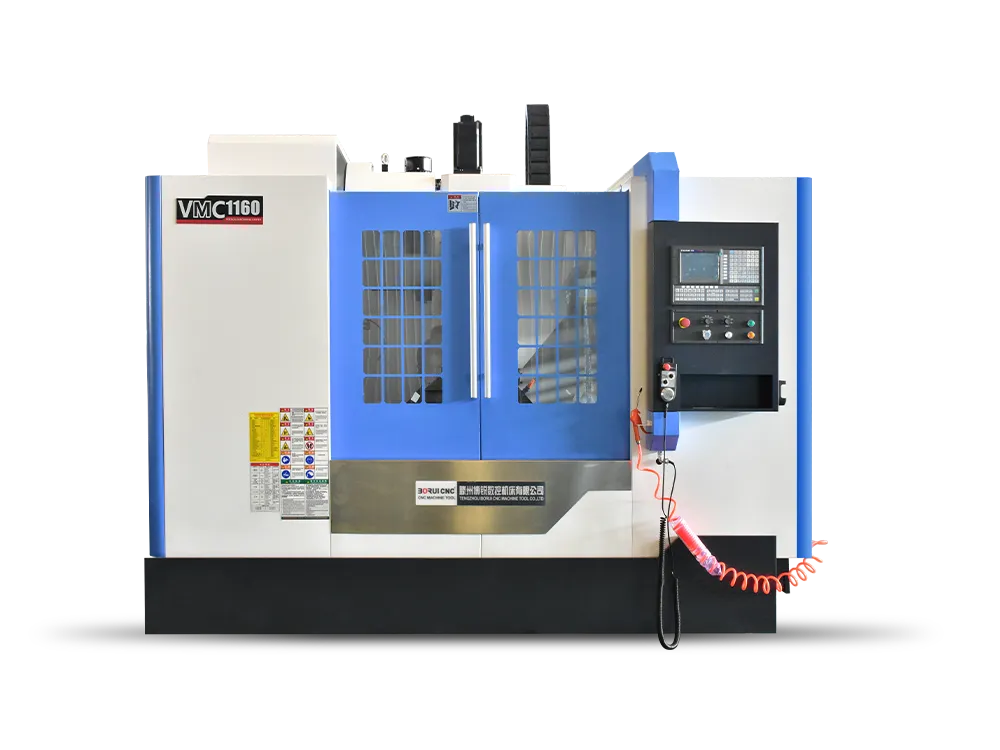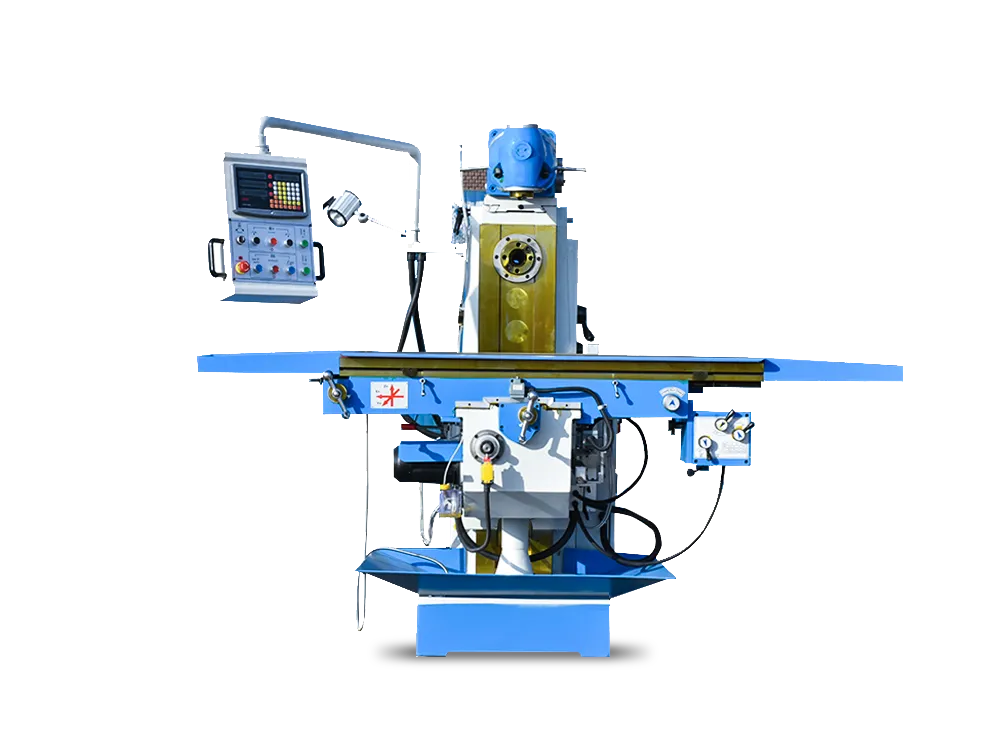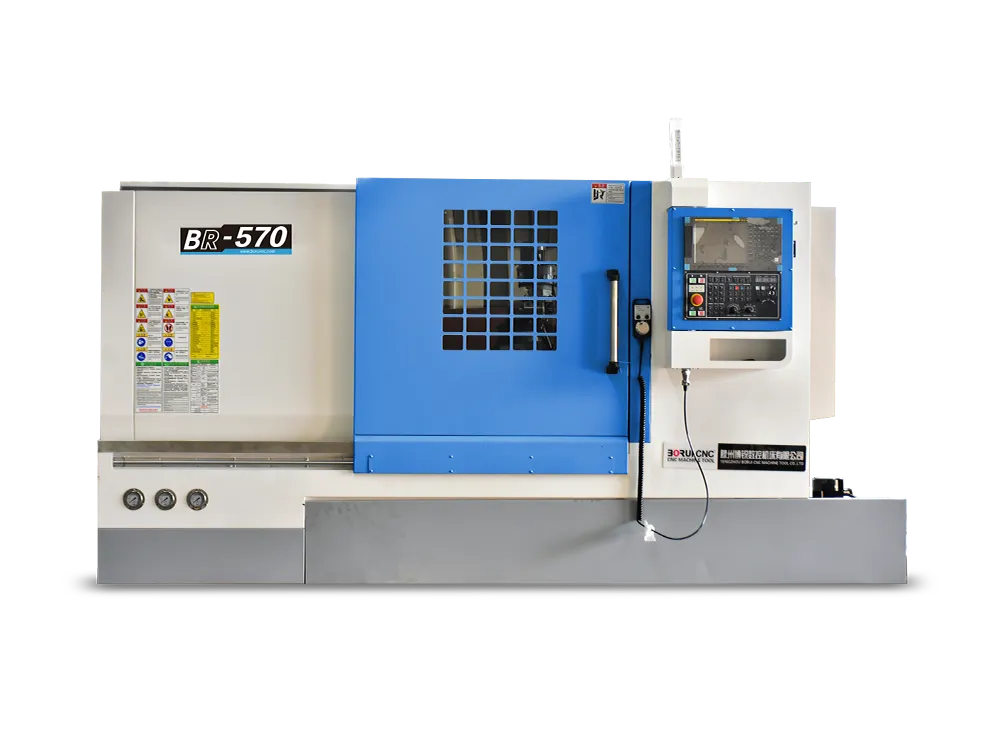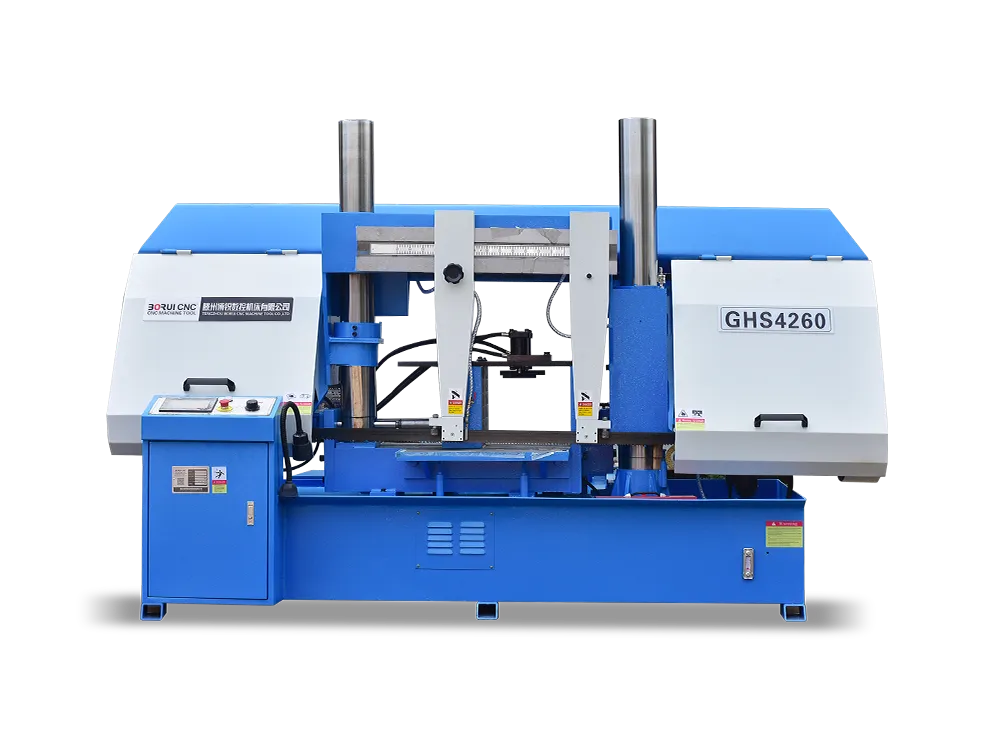Machine tool manual scraping is a kind of mechanical processing method, which is to treat the metal surface by the scraper on the machine tool, so as to achieve the purpose of changing the texture and gloss of the metal surface. Manual scraping of machine tools is realized by mechanical equipment, and the operation is more accurate and efficient. In the manual scraping process of machine tools, different shapes of tools are usually used to cut the metal surface, so as to form different textures and textures, so as to achieve the machining and decorative effects on the metal surface. Machine tool manual scraping has a very wide range of applications, including automotive, machinery, aviation and other industries, it can not only change the appearance of the metal surface, but also improve the corrosion resistance, wear resistance and other physical properties of the metal.
Manual scraping is a traditional handicraft, which requires the experience and skill of the craftsman to complete. The specific effect of manual scraping depends on the artisan’s level of manual operation and personal style. The processing effect of manual scraping is difficult to control and replicate. Each artisan has a different skill and style, so the result of each manual scraping is unique.
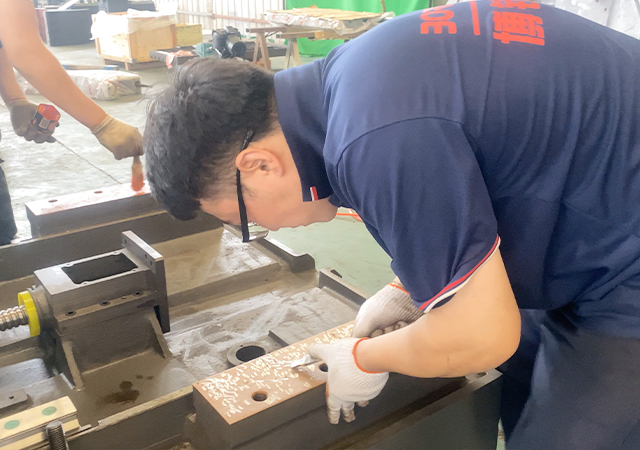
Manual Scraping Method
If the workpiece surface is relatively rough, processing marks are deep or the surface is seriously rusty, uneven or distorted, scraping allowance is above 0.005mm, should be rough scraping first. Rough scraping is characterized by the use of a long scraper, the stroke is longer (10mm~15mm), the blade mark is wider (10mm), the scraper trace is straight, the piece is not repeated. After the machining marks are removed, the points can be pealed and scraped according to the high point shown. When the grinding point of the workpiece surface is 4~6 points per 25mm×25mm and there is a fine scraping machining allowance, fine scraping can begin.
- Accurate scraping
Accurate scraping is to scrape off the high point after the rough scraping, which is characterized by the use of short scraping method (about 6mm wide, 5mm~10mm long), fast point dispersion. Fine scraping to a certain direction of scraping, scraping again, the second time to be 45 or 60 degrees to cross the direction of scraping out the mesh. When the average grinding point is 10~14 points every 25mm×25mm, the fine scraping can be finished.
- Fine scraping
Fine scraping is carried out on the basis of fine scraping, using a small scraper or a fine scraper with an arc, the width of the blade mark is about 4mm, and the average grinding point should be 20~25 points every 25m×25m. It is often used for scraping the contact surface of inspection tools, precision guides and tight tools.
-
Scraping shape
The function of scratching is beautiful, and the function of accumulating lubricating oil. The common patterns are: oblique pattern, swallow pattern and fish scale pattern. In addition, it can also judge the degree of wear after the plane work by observing the integrity and disappearance of the original pattern.
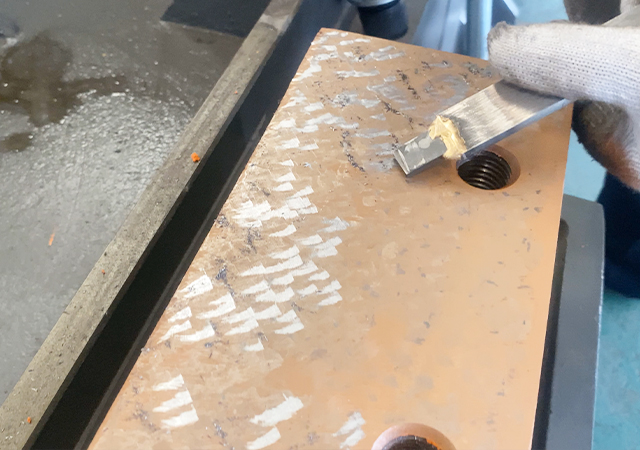
The Advantages Of Manual Scraping
- Create a unique texture and texture: Manual scraping is a craft, and everyone has different scraping techniques and styles, so each piece has a unique texture and texture that can meet different people’s aesthetic needs.
- Different materials can be treated: Manual scraping can be treated not only on metal surfaces, but also on wood, paper and other materials to create different textures and textures.
- Environmental protection and no pollution: manual scraping does not need to use any chemical substances, no pollution to the environment, in line with the modern pursuit of environmental protection and health concept.
- Reflecting humanistic feelings: Manual scraping is a kind of handicraft, which needs the inspiration and skills of the artist. Each work contains the artist’s emotions and thoughts, which can make people feel the beauty of humanistic feelings.
https://www.youtube.com/watch?v=TSfkVRuGOJ0
Request Quotation
